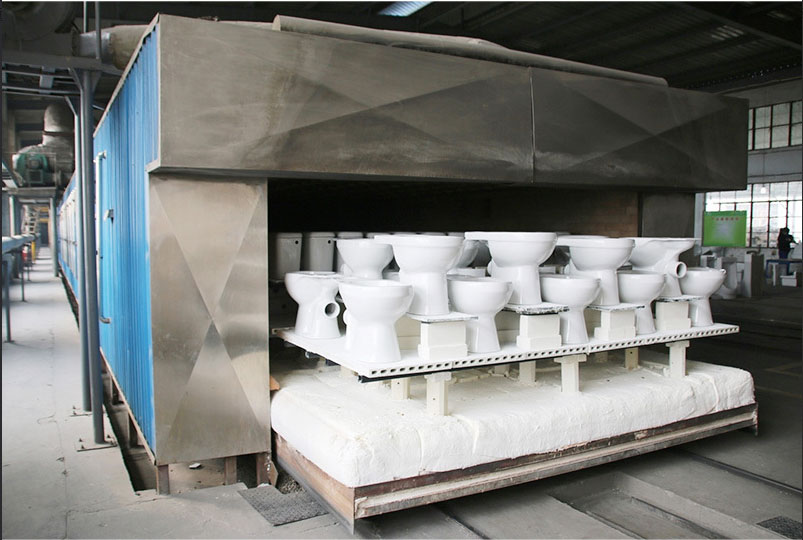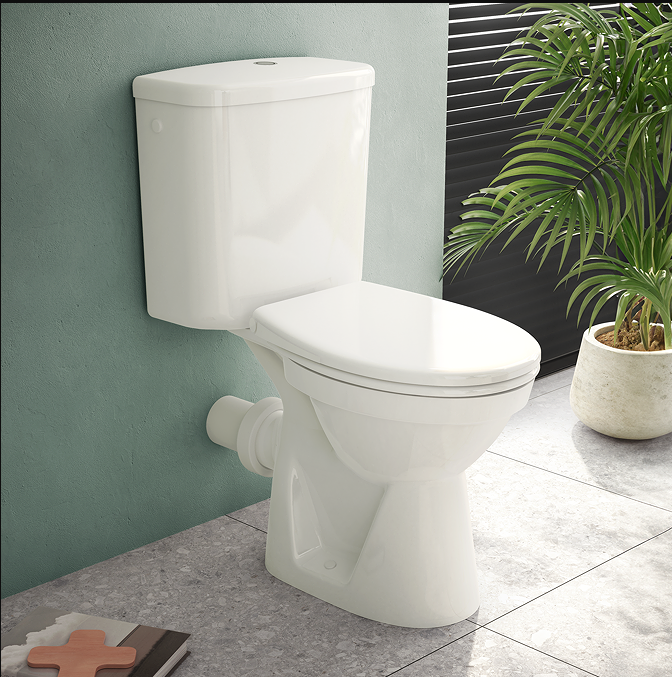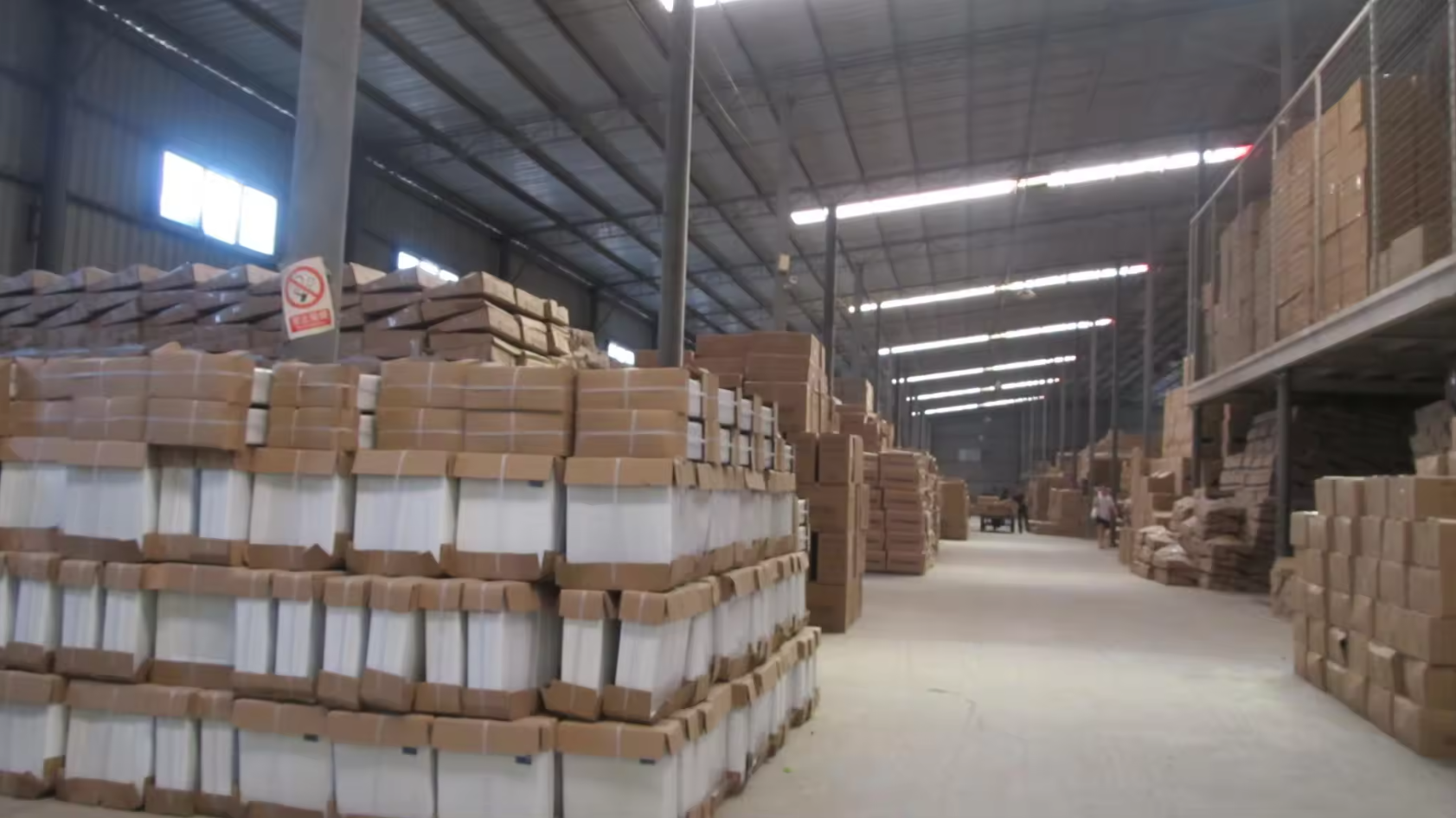The wholesale price of toilets is influenced by a range of factors, including production costs, demand and supply dynamics, material choices, transportation expenses, and market conditions. Below, we will explore these factors in greater detail to understand how they collectively shape the cost of wholesale toilets.
Production Costs
The primary factor that determines the wholesale price of toilets is the cost of production. This includes both direct and indirect costs involved in manufacturing the toilet units. Major elements of production costs include:
Raw Materials: Toilets are typically made from ceramic, porcelain, or vitreous china, which are the most common materials for producing durable, sanitary fixtures. The prices of these materials fluctuate based on market supply and demand. Additionally, some high-end toilets may use materials like stainless steel or high-grade plastic, which can raise the overall cost.
Labor Costs: Labor plays a significant role in determining production costs. In regions with higher labor wages, the cost of manufacturing toilets will naturally be higher. This can vary significantly depending on the country or even the region within a country.
Manufacturing Technology: More advanced manufacturing techniques, such as automated production lines or the use of eco-friendly materials, can drive up production costs. However, these methods may also result in higher efficiency and product quality, justifying the increased cost.
Quality Control and Testing: Toilets must meet specific quality standards, including functionality (flush efficiency) and durability (crack resistance, surface finish). The cost of ensuring these standards through quality control processes can contribute to the final price.
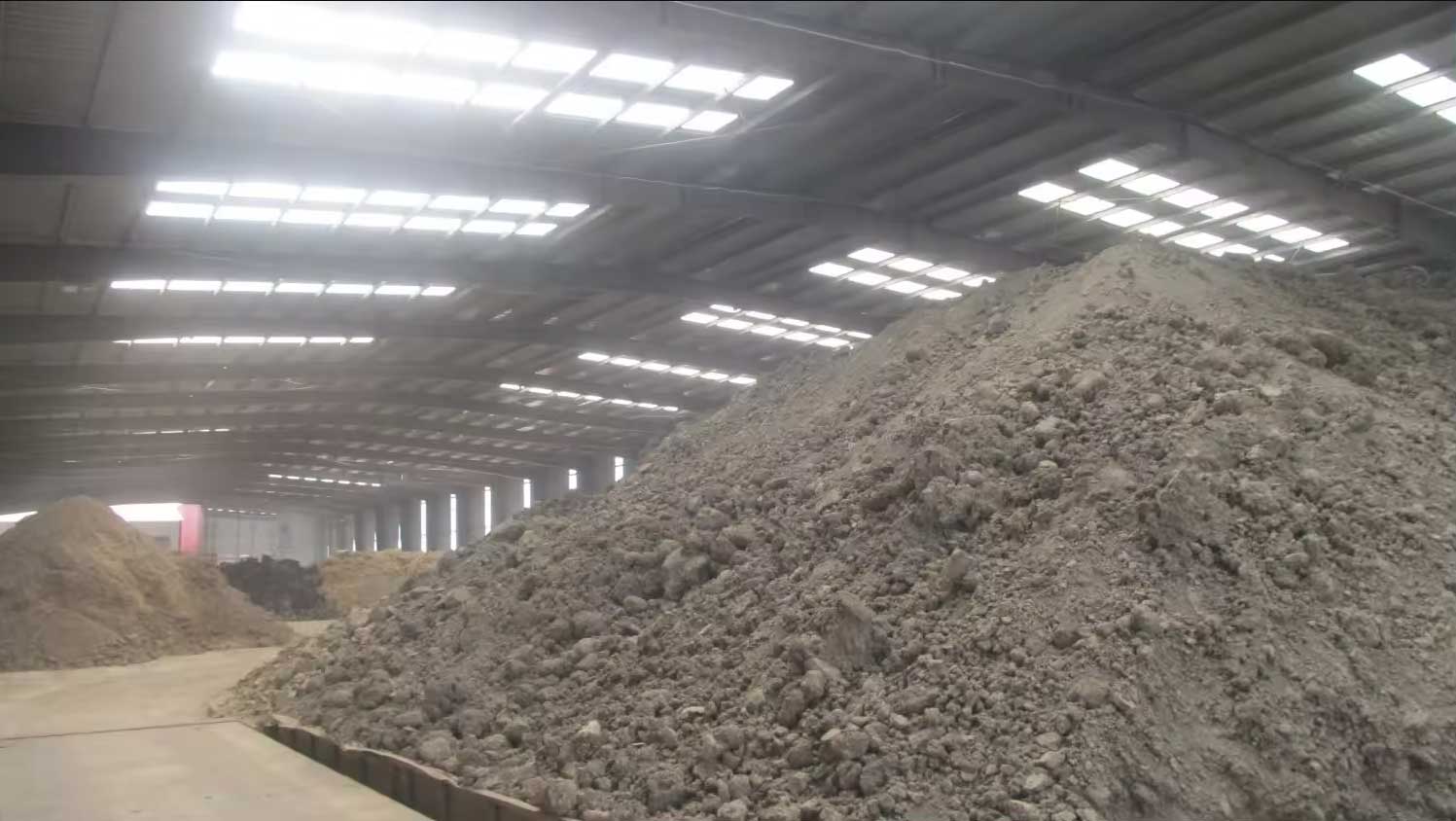
Toilet-Raw-Material
Material Choices and Design Complexity
The materials and design of the toilet significantly affect its cost. For example, toilets that feature additional features such as bidet systems, smart functionalities (e.g., heated seats, self-cleaning), and advanced flushing systems will typically cost more than basic models.
Basic vs. Premium Materials: Toilets made from porcelain or vitreous china are standard and generally less expensive. However, the use of higher-end materials such as enamel coatings or dual-glaze porcelain finishes can push the price higher.
Design Features: The style and design of the toilet, such as round vs. elongated bowls, one-piece vs. two-piece configurations, or the inclusion of aesthetic elements like color or custom finishes, will also impact the price. For example, a modern, minimalistic one-piece design tends to cost more than a traditional two-piece unit due to manufacturing complexity.
Supply Chain Costs
Toilets, like other manufactured goods, have significant supply chain costs that contribute to their wholesale price. These include:
Transportation and Logistics: Toilets are bulky items, and shipping costs can be significant, especially if the units are manufactured overseas. Shipping costs increase based on the distance from the production facility, the mode of transportation (e.g., sea freight vs. air freight), and fuel prices. Any disruptions in the supply chain, such as those caused by geopolitical factors or natural disasters, can lead to price increases.
Inventory Management: For wholesalers, the cost of storing toilets in warehouses and managing inventory also affects the wholesale price. Longer storage times or unexpected demand fluctuations can result in additional storage costs or price increases to maintain profitability.
Import Tariffs and Taxes: Import tariffs and taxes play a critical role in determining the final price of toilets, especially in countries that import large quantities. Tariffs on imported goods, particularly those from regions like China, can increase the wholesale price considerably, particularly if tariffs change due to political shifts or trade wars.
Economies of Scale
The quantity of toilets manufactured can influence wholesale pricing. Larger manufacturers often benefit from economies of scale, meaning they can produce toilets at a lower unit cost as production volumes increase. Wholesalers who buy in bulk can also negotiate lower per-unit costs, which can be passed down the supply chain. Conversely, smaller manufacturers or those producing niche models may have higher per-unit costs, which will reflect in the wholesale price.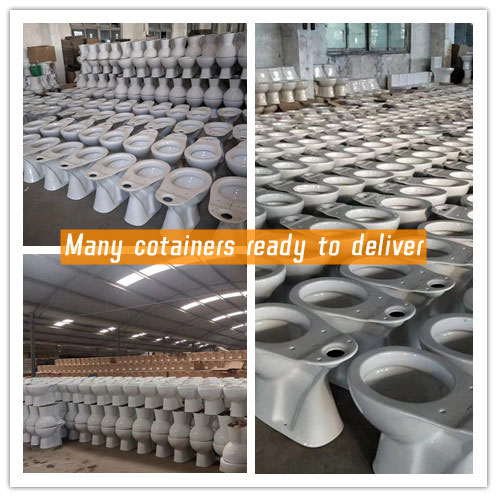
Economic-Toilet
Market Demand and Trends
The demand for toilets, which fluctuates based on factors like construction activity, population growth, and consumer preferences, has a direct impact on the wholesale price. A booming real estate market or increased renovation activities can lead to higher demand, driving up wholesale prices.
Construction and Housing Markets: In regions where there is a boom in new housing or infrastructure development, wholesale toilet prices may rise as suppliers try to meet the increased demand from builders, developers, and contractors.
Consumer Preferences: As consumers become more environmentally conscious, there has been an increasing demand for water-efficient toilets, such as those with low-flow or dual-flush systems. These models may have a higher upfront cost due to advanced design features but may also benefit from government rebates or incentives. Such trends influence wholesalers to prioritize these products, potentially increasing the price for those models.
Branding and Marketing
Established toilet brands, such as Kohler, American Standard, and Toto, often sell their products at a premium due to their brand reputation and perceived quality. Wholesalers selling branded toilets will often command a higher price due to consumer trust and brand loyalty. Newer or less well-known brands may need to offer lower prices to remain competitive but may have to invest heavily in marketing and distribution to establish their brand.
Regulatory Compliance and Environmental Considerations
Regulations around water usage, emissions, and sustainability also influence the wholesale price of toilets. In many regions, toilets must meet specific water efficiency standards (e.g., EPA WaterSense in the U.S.). These regulations may require the incorporation of new technology, such as low-water consumption flush systems, and thus increase manufacturing costs.
Moreover, growing environmental concerns have pushed manufacturers to adopt more sustainable practices, such as using recycled materials or developing products with reduced environmental footprints. These initiatives, while beneficial in the long term, may increase upfront costs for manufacturers and thus affect the wholesale price.
Economic Factors
Broader economic factors such as inflation, currency exchange rates, and interest rates can also affect wholesale prices. For example, when inflation rises, the cost of raw materials, labor, and transportation may increase, which can lead to a rise in toilet prices. Currency fluctuations, especially in markets with significant imports, can either increase or decrease the cost of foreign-made toilets.
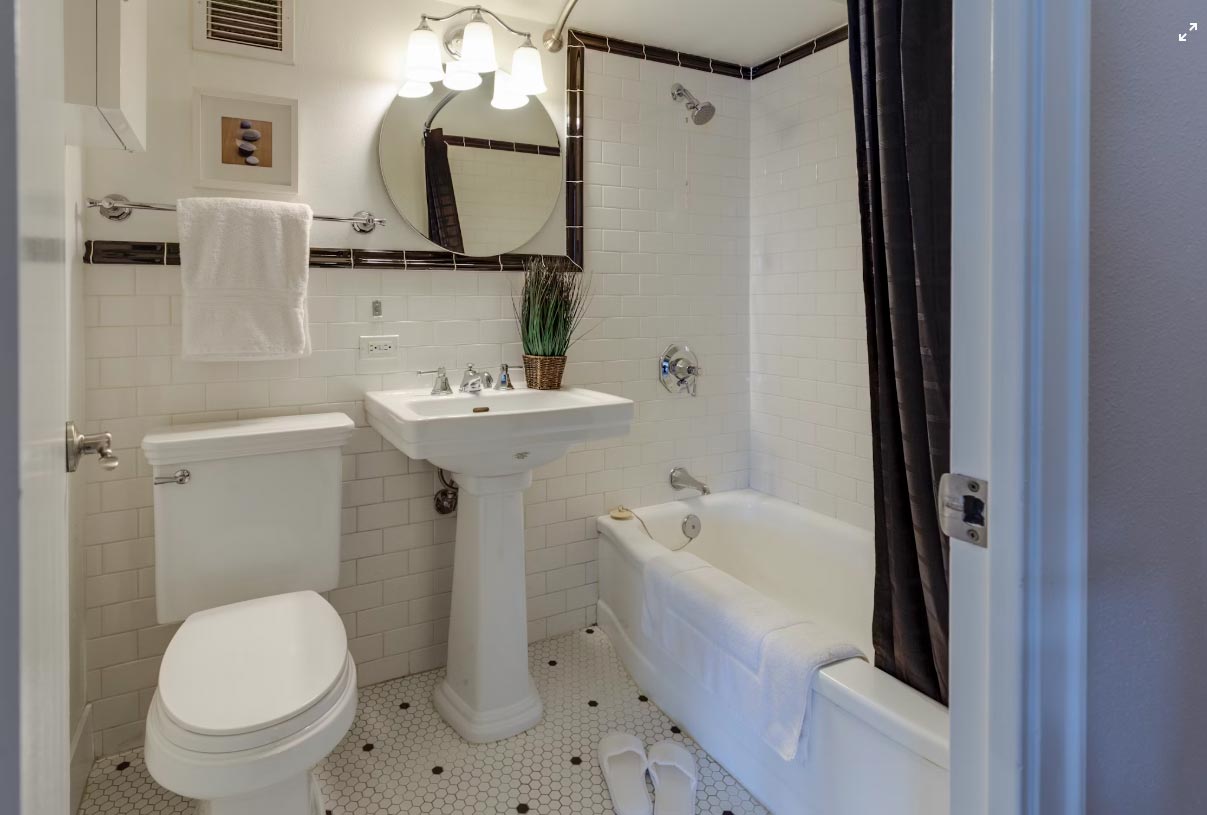
Bathroom-Toilet
Conclusion
In conclusion, the wholesale price of toilets is determined by a complex mix of production costs, material choices, supply chain factors, and market dynamics. Wholesalers must navigate these variables, balancing between cost and demand to offer competitive pricing while maintaining profitability. As the construction and renovation markets continue to evolve, changes in consumer preferences and regulatory demands will likely play an increasingly important role in determining toilet prices. Understanding these factors can help wholesalers make more informed decisions when purchasing and selling toilet products in the marketplace.
Looking for the latest and most popular style and unique toilets for your market?
We have variety of close couple toilets and white p-trap & s-trap toilets, high quality and fast delivery
To order:
Phone/WhatsApp: +86 13937950777
Email: annie@fohomeceramics.com

